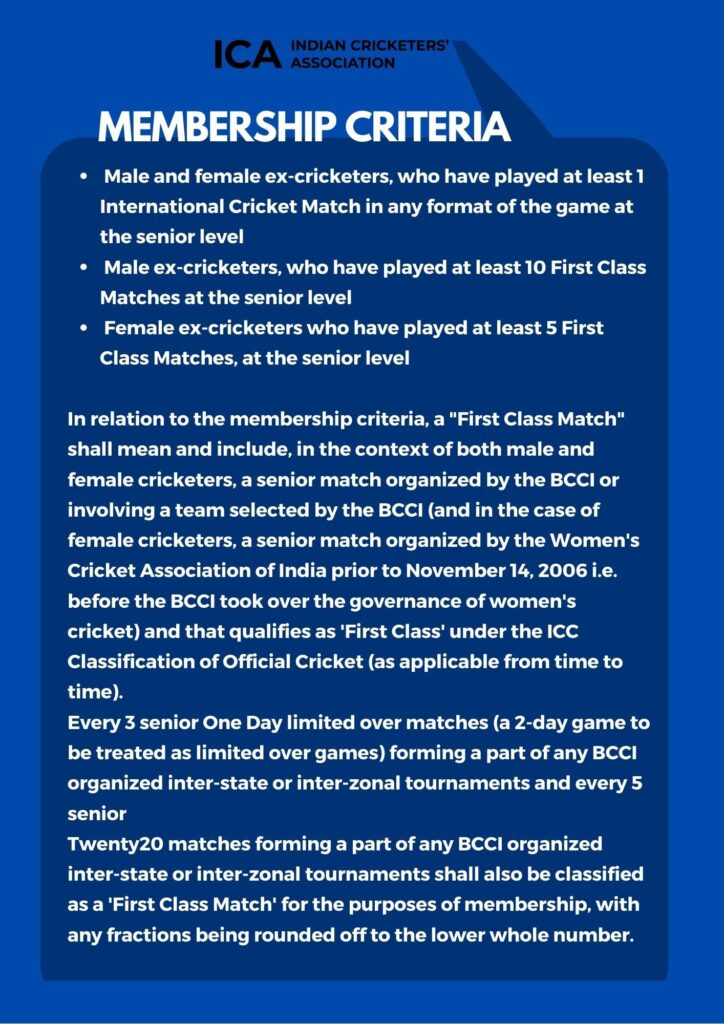My journey into Ground and Pitch preparation

By:-Venkat Sundaram
Email:-venkswin@yahoo.co.in
eters in the West Indies had been hard done by their colonial rulers. After the command of my coach had been respected, he said that if one is interested in the game-then you should be well informed and be knowledgeable of every aspect of the game.
With such a coach, it was not all batting and bowling. The intricacies of the game-indeed the nuts and bolts were dissected and debated every day, each nugget adding to our perception of the game and the subtleties involved.
So, if you were a batsmen, my coach, first expected you to know the Laws of Cricket, “it is the only game that has Laws, not rules”, the height of the stumps, the dimensions of the bails, the width of the bat as well as its length. These lessons were, then, boring but equally thrilling as, over cups of tea, after a practice session he would question us.
In such a session, in 1965, he queried us on whether we knew how to prepare a turf pitch? What were its dimensions and how do mark the crease? Well, we were humbled and it dawned on us that we need to adhere to the norm, that in Cricket, we are always learning.
So, we started with an experiment to prepare a turf pitch at the Stadium in Delhi where we had our nets. In those days Delhi had mainly matting wickets. So, it was exciting that we, club cricketers, would be preparing a turf pitch. Incidentally, to add to this (mis)adventure we had no equipment or funds! Yet, somehow we did manage to construct a practice pitch using a spade, a showel, some bricks, red soil, yellow soil and black cotton soil from the Yamuna beds. We borrowed a roller, obtained some grass as a gratis from a nursery and has a watering can to nurse the grass. Well, the pitch was not exactly like that at Guyana or Perth but it was “our turf” and one we put our heart and soul into establishing.
In 1998, I joined TERI, Tata Enery Research Institute and had occasion to rub shoulders with Dr.RK.Pachauri, the then Director. Pachy as we called him was a very keen cricketer, and despite a punishing work schedule made it a point to play the game every weekend. When I joined him to work on sustainable development and the environment, I had moved on from the first class game and was a commentator and analyst. During my first class and international career, had an abiding interest in the nuanes, techniques, the imponderables of pitch preparation and how in different venues, in different climate zones the elements affected how you prepared and maintained a pitch block. It was fascinating to say the least. But to return to TERI i soon found out that Patchy had initiated a Cricket field, on the outskirts of Delhi, with some basic infrastructure. Now I had what I wanted and approached Patchy that we prepare a model ground with basic facilities but as a “green venue” without i e concrete and cement structures. A first class venue, in a scenic surrounding. Patchy agreed on the condition that we keep to a budget and maintain the decor and do not damage the trees that dotted the outfield.
So, I set to work getting sight screens, a score board, ropes for the outfield and some chairs for the teams, scorers desks so that the weekend matches were having basic facilities. The next big thing was to extend the main pitches, then we had only 2 pitches, to four. For this I prepared a budget and reasoned that we need not only 4 centre pitches but 3 nets, as for first class matches teams would require quality nets.
Patchy agreed, maybe he trusted me to deliver. So we set to work and the Patchy Oval was inaugurated by Bishan Singh Bedi one fine winter morning.
Now, I had to again approach Patchy for funds-to have 2 dressing rooms and washrooms so that teams could use the facilities. I also added that Umpires and a Match referee would need separate rooms as this was the norm. Patchy, again agreed, but informed me that he would get this done by his team and I was not to intervene! I agreed.
Needless to say, a fine job was done and I was delighted. The late Bapu Nadkarni flew in from Mumbai as these facilities were made available to all.
I then mentioned to Patchy that, maybe we should look for first class status and approach BCCI. He said, “Go ahead!”
Mr. Jagmohan Dalmiya was the then President of BCCI and in 1999 I wrote a letter to him informing him that I had, with the blessings of Dr. Pachauri, established a scenic venue for Cricket on the outskirts of the Capital. He informed me that he had instructed Mr.Sharad Diwadkar, then Executive Secretary, BCCI to visit the venue and inspect it. Sharad Diwadkar was a highly respected Mumbai cricketer and it was, indeed, nice of him to not only visit the venue but offer some wise thoughts. To my great thrill, Sharad Diwadkars visit was followed up by a visit by Polly Umrigar, former Test captain and it was a moment to remember. Polly went gaga after seeing a green turf pitch in a scenic surrounding with no concrete but green mounds all around and a forest just outside the boundary. He was absolutely delighted and informed me that he was going to recommend the venue for first class matches.
This was done, and Mr. Dalmiya called me to congratulate me. He also asked whether the facility would be used by Delhi or Haryana where it is located. As events unfolded, Haryana played a number of matches, Ranji and age group matches and eventually when the Duleep trophy was conducted in North Zone, England A that played in Duleep Trophy were slotted against South Zone at Patchy Oval-a match that saw K P Peterson scoring a hundred for England. South Zone actually won the match but, importantly, the venue had been acknowledged in the Cricket map of India.

